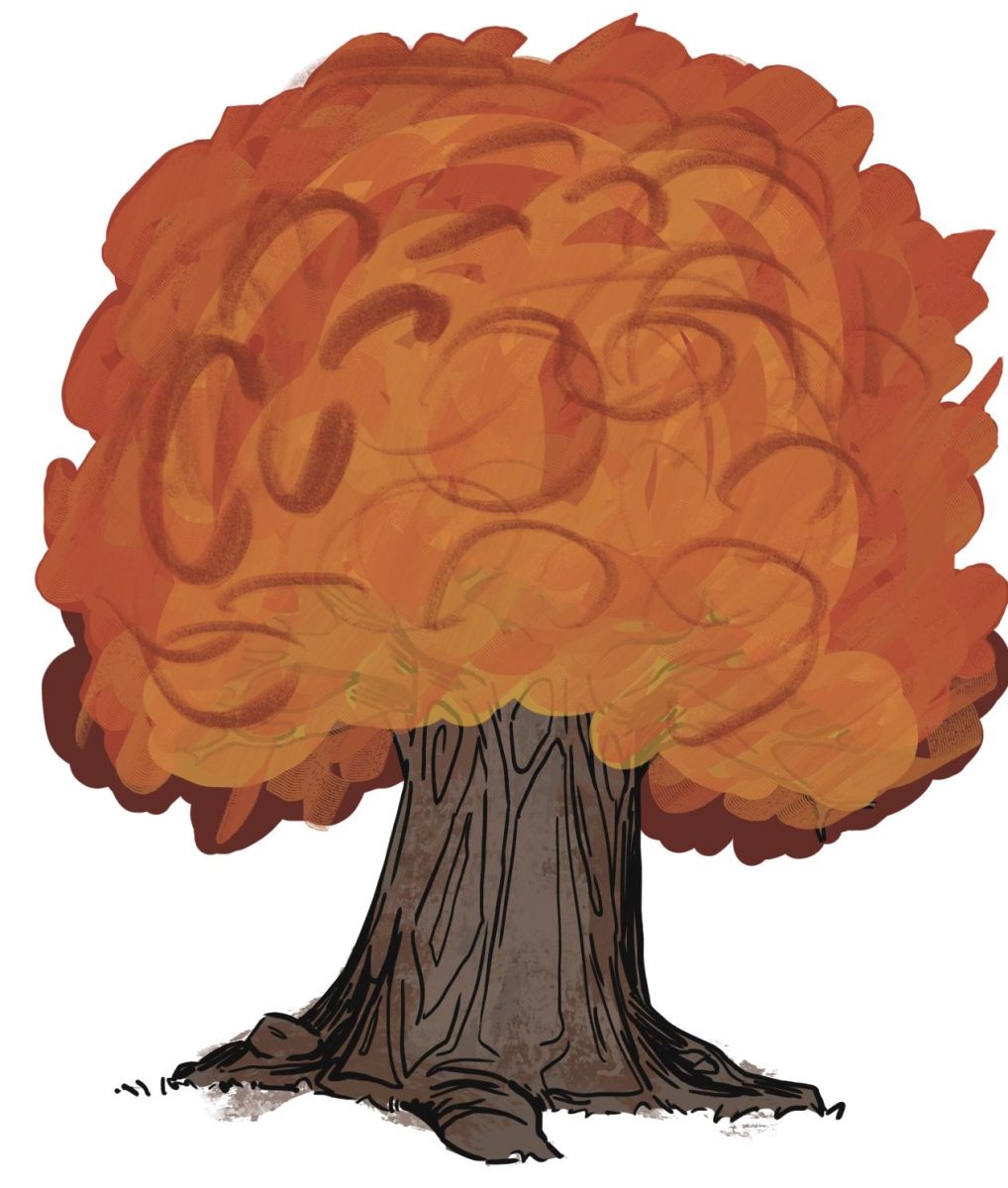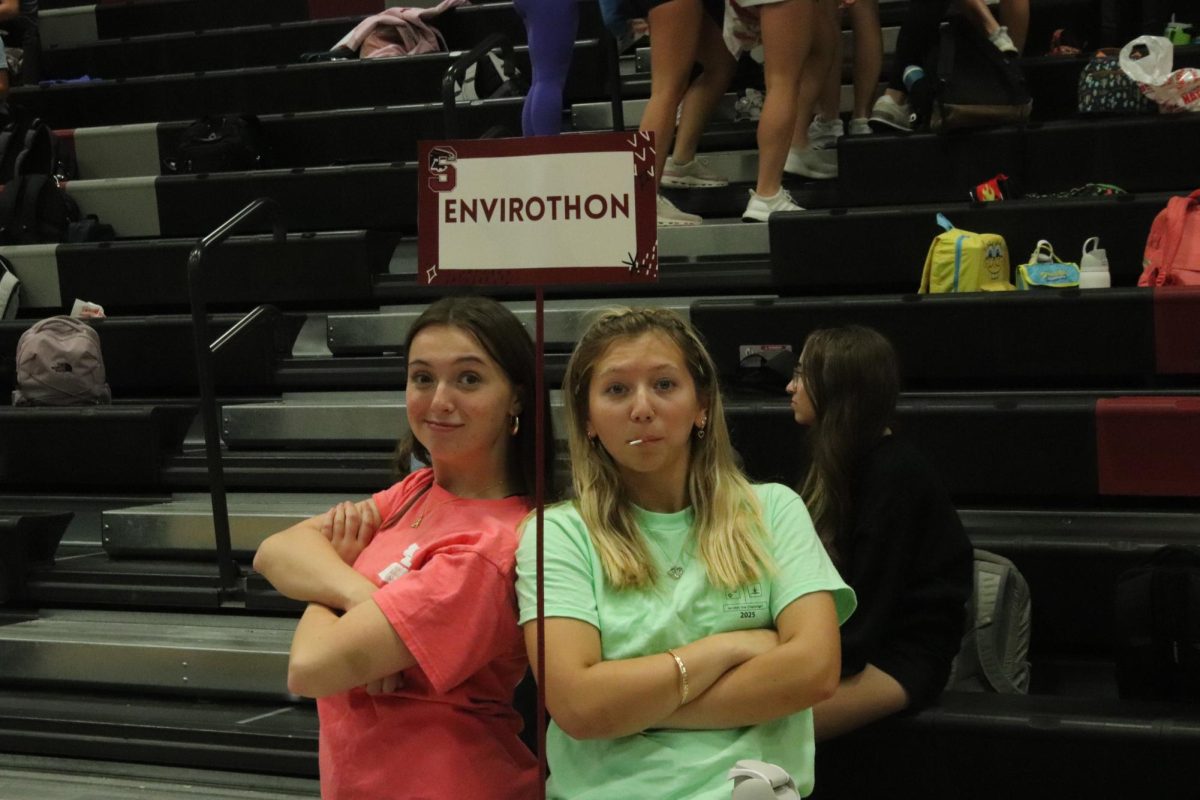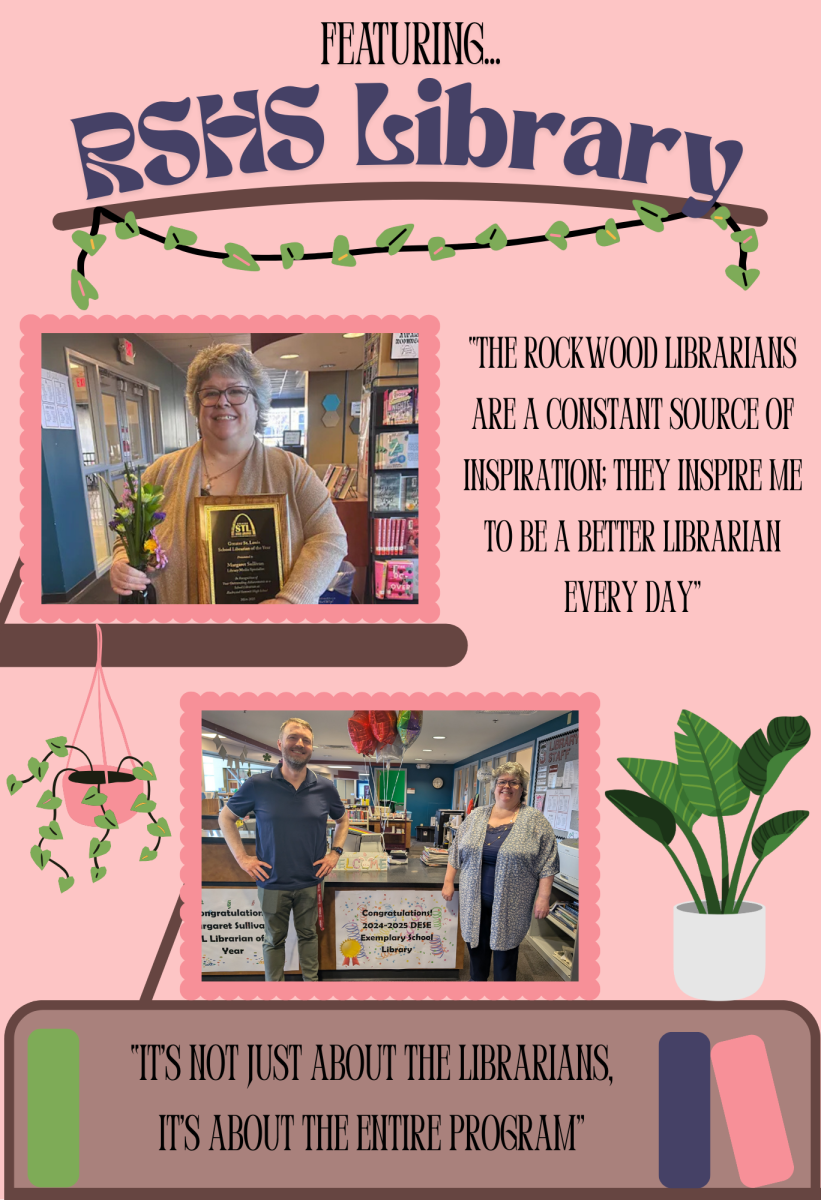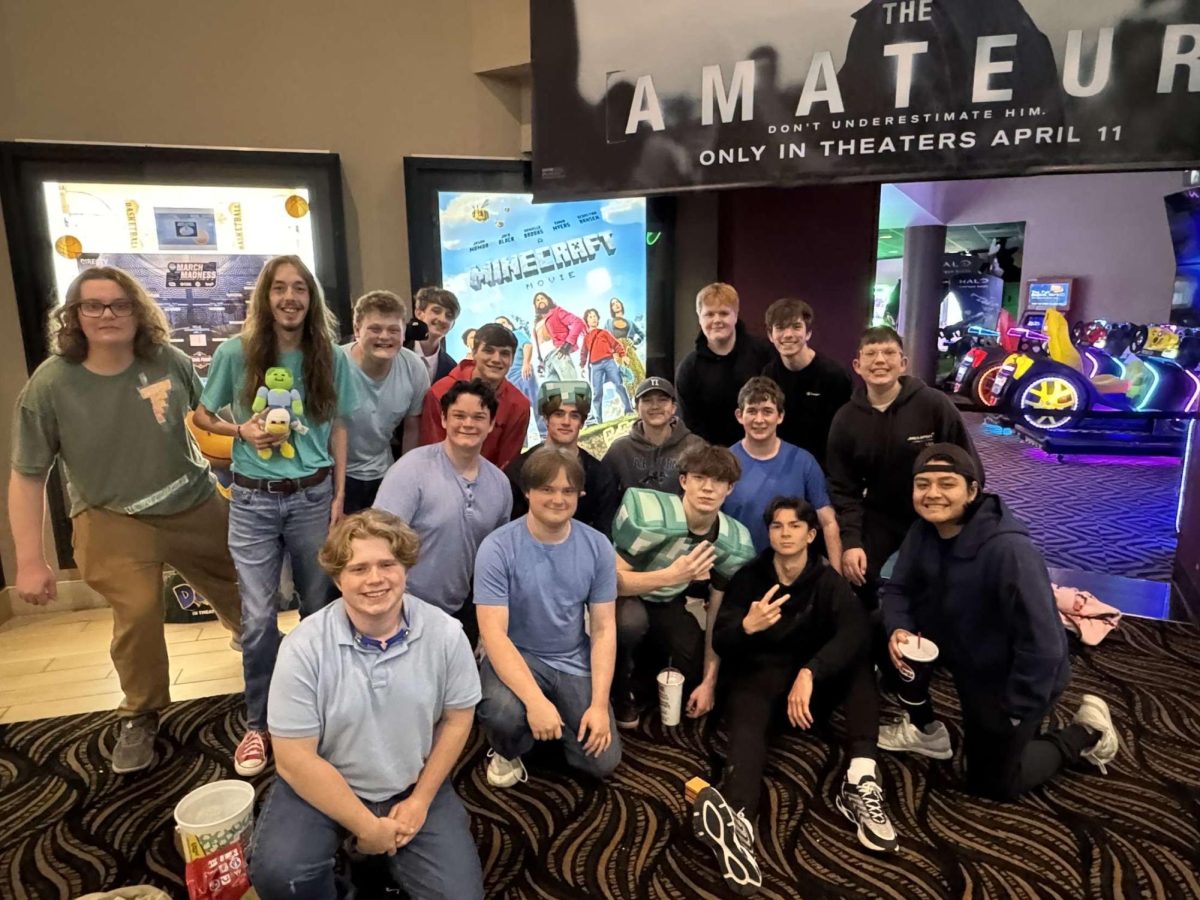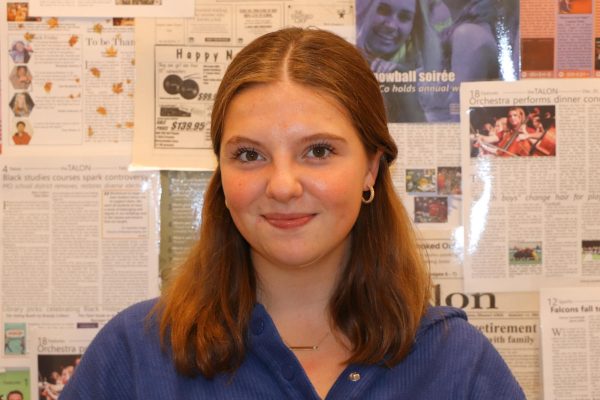On Halloween night, while children run around neighborhoods, collecting candy and treats, some families are setting up ofrendas and baking Pan de Muerto to prepare for the upcoming holiday of Dia de Los Muertos (Day of the Dead).
Starting Nov. 1st through the 2nd, Dia de Los Muertos is the Mexican holiday where the souls of the deceased are able to return to the world of the living. It is believed that placing a photo of a loved one who has passed on an ofrenda, or altar, with decorations, photographs, and other symbolic items, can bring their soul back for the holiday. Spanish teacher Cady Villmer said she makes an ofrenda for her students each year.
“In my classroom, I usually make an altar (ofrenda) and I put fake bread on there and [things like] flowers and water and candles and masks. Usually, it represents the four different elements, like earth, air, wind and water. I also put my grandma’s picture on [the altar],” Villmer said.
Senior Mackenzie Moreno has also celebrated the holiday at home. She said she puts up an altar with special things for the relative who has passed.
“In the past, what we’ve done is we put up ofrendas, food, and marigolds to help ancestors come over and visit. We put up their pictures and things that they liked in the past, just as a memory of their loss,” Moreno said.
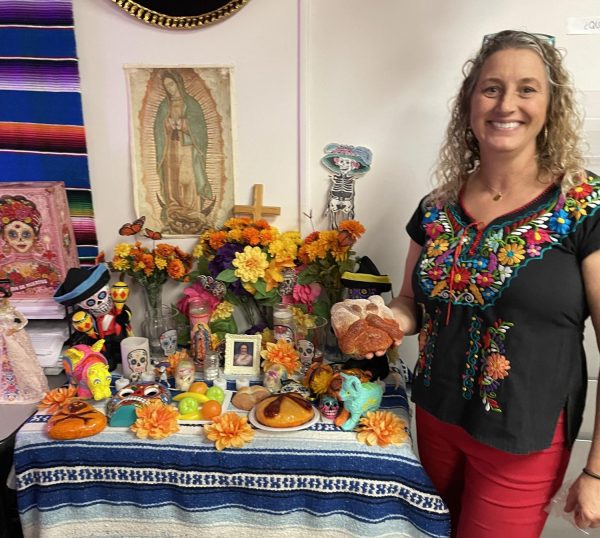
Villmer)
While the holiday surrounds death, it is not meant to be scary. Villmer said that Dia de Los Muertos is a celebration and an enjoyable way to bridge the gap between the dead and the living.
“I really think it is a beautiful celebration of remembering those who have passed in your life and making a connection with their memory and their spirit that really continues to be with us. So, I think that it’s a really beautiful and happy way to look at death, instead of something scary and violent,” Villmer said.
Everybody will deal with death at some point in their lives, and grief is one of the most confusing emotions. Dia de Los Muertos allows for a healthy way of dealing with that grief, Moreno agrees, saying that many people can use the holiday as an asset.
“[More people should learn about Dia de Los Muertos], because I think there are many people who could benefit from this kind of holiday. Just celebrating it, even on their own [can be important], because everyone loses someone, and everyone needs that kind of connection once in a while,” Moreno said.
Around 12 percent (41.1 million) of the United States population is of Mexican descent. Villmer believes that one of the most important parts of Dia de Los Muertos is allowing those people to be able to be knowledgeable about the holiday, and nurturing a general acceptance of Dia de Los Muertos in America.
“I’m a Spanish teacher, [so] I love teaching people about the way that other countries celebrate things, but also, since such a huge part of our population is from Mexico, I think it’s important to allow people from that heritage to be able to celebrate [Dia de Los Muertos] and and appreciate the value that it brings to our own culture in the United States and how we celebrate,” Villmer said.

